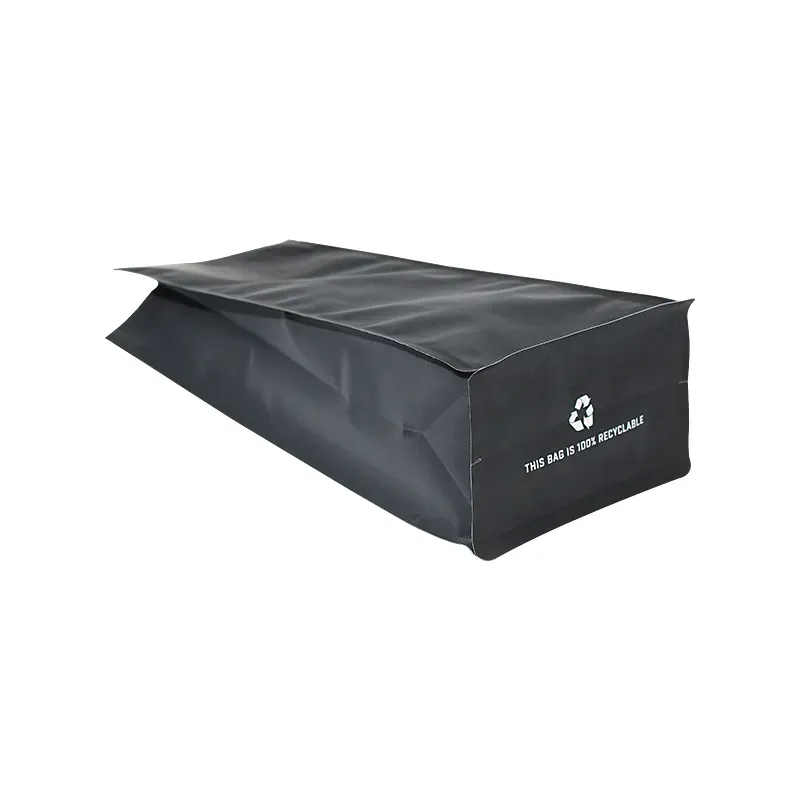- Afrikaans
- Albanian
- Amharic
- Arabic
- Armenian
- Azerbaijani
- Basque
- Belarusian
- Bengali
- Bosnian
- Bulgarian
- Catalan
- Cebuano
- chinese_simplified
- chinese_traditional
- Corsican
- Croatian
- Czech
- Danish
- Dutch
- English
- Esperanto
- Estonian
- Finnish
- French
- Frisian
- Galician
- Georgian
- German
- Greek
- Gujarati
- haitian_creole
- hausa
- hawaiian
- Hebrew
- Hindi
- Miao
- Hungarian
- Icelandic
- igbo
- Indonesian
- irish
- Italian
- Japanese
- Javanese
- Kannada
- kazakh
- Khmer
- Rwandese
- Korean
- Kurdish
- Kyrgyz
- Lao
- Latin
- Latvian
- Lithuanian
- Luxembourgish
- Macedonian
- Malgashi
- Malay
- Malayalam
- Maltese
- Maori
- Marathi
- Mongolian
- Myanmar
- Nepali
- Norwegian
- Norwegian
- Occitan
- Pashto
- Persian
- Polish
- Portuguese
- Punjabi
- Romanian
- Russian
- Samoan
- scottish-gaelic
- Serbian
- Sesotho
- Shona
- Sindhi
- Sinhala
- Slovak
- Slovenian
- Somali
- Spanish
- Sundanese
- Swahili
- Swedish
- Tagalog
- Tajik
- Tamil
- Tatar
- Telugu
- Thai
- Turkish
- Turkmen
- Ukrainian
- Urdu
- Uighur
- Uzbek
- Vietnamese
- Welsh
- Bantu
- Yiddish
- Yoruba
- Zulu
how much does cardboard weigh
How Much Does Cardboard Weigh? Understanding Cardboard Weight Variations
Cardboard is an omnipresent material, ubiquitous in packaging, shipping, and even creative arts. Despite its light appearance, the weight of cardboard can vary significantly depending on several factors, including its type, thickness, and manufacturing process. Understanding the weight of cardboard is essential for businesses, shippers, and consumers alike, as it can influence shipping costs, environmental impact, and storage considerations.
Types of Cardboard
To comprehend how much cardboard weighs, it is important to recognize the different types of cardboard available. The two most common types are single-wall and double-wall cardboard.
1. Single-Wall Cardboard This type consists of a single fluted medium sandwiched between two liners. It is widely used for standard shipping boxes and packages. The weight of single-wall cardboard typically ranges from 32 to 40 pounds per 1,000 square feet, depending on the thickness of the liners and fluting.
2. Double-Wall Cardboard Made up of two layers of fluted medium and three liners, double-wall cardboard is stronger and offers better protection for heavier items. Its weight generally varies from 48 to 80 pounds per 1,000 square feet, making it ideal for shipping fragile and heavy products.
3. Other Variants There are also specialty types of cardboard, such as corrugated cardboard, which can come in different grades and weights. The weight of these can be assessed based on their intended use. For instance, cardboard used in crafting or art projects may have different thicknesses and weights compared to shipping cardboard.
Factors Influencing Cardboard Weight
Several factors influence the weight of cardboard, including
1. Material Composition The raw materials used in the production of cardboard can affect its weight. Cardboard is primarily made from recycled paper and wood pulp. Higher-quality or thicker materials will result in heavier cardboard.
how much does cardboard weigh

2. Fluting Type The type and configuration of the fluting (the corrugated layer) within the cardboard also play a crucial role. Different flute types (A, B, C, E, etc.) have different heights and thicknesses, affecting the overall weight and strength of the cardboard.
3. Moisture Content The amount of moisture in the cardboard can influence its weight. Wet cardboard can be significantly heavier than dry cardboard, which is an important consideration for manufacturers and users.
4. Coatings and Treatments Some cardboard is treated with coatings for moisture resistance or durability, which can add to its weight. For example, food packaging often requires specialized coatings that could increase the overall weight compared to untreated cardboard.
Practical Weight Considerations
For businesses, understanding the weight of cardboard is vital for several reasons
1. Shipping Costs Shipping companies often charge based on the weight and dimensions of a package. Knowing the exact weight of cardboard packaging can help businesses optimize shipping costs, especially when sending large quantities of products.
2. Sustainability and Recycling In recent years, there has been a push towards sustainability. Lightweight packaging reduces environmental footprints when shipping products. Understanding the weight of cardboard encourages businesses to seek out more sustainable materials and practices.
3. Storage and Handling The weight of cardboard can also influence how it is stored and handled. Lighter cardboard can be stacked more easily and managed without requiring specialized equipment, while heavier cardboard may necessitate additional handling considerations.
Conclusion
In summary, the weight of cardboard can range dramatically based on several key factors, including type, thickness, and material composition. Whether dealing with single-wall or double-wall cardboard, businesses and consumers alike must take these variations into account when calculating shipping costs, considering environmental impact, and planning storage solutions. As the world becomes increasingly aware of sustainability, understanding the weight and composition of packaging materials like cardboard will be critical for making informed choices in both professional and personal contexts. Ultimately, while cardboard may seem light, its weight plays a significant role in our everyday lives and the economy at large.













